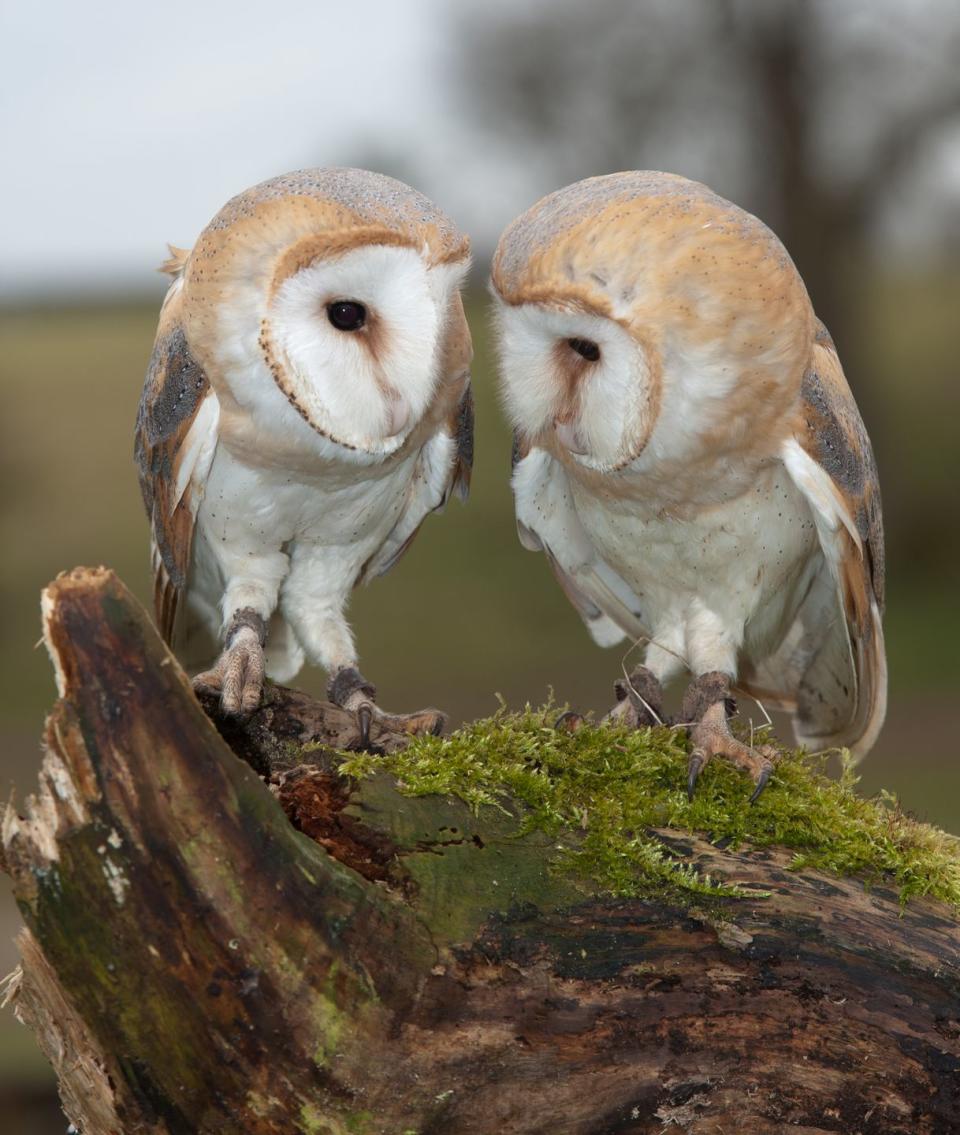How to spot a barn owl

Follow Sally Coulthard's tips on how to protect barn owls in the British countryside and learn about their relationship with the land.
Barn owls and farmland go hand in hand. Or at least, they did. These birds are such efficient mousers that farmers used to encourage them to nest in their grain barns. The relationship between farmer and barn owl was one of mutual benefit – the farmer’s cereal grains were protected from vermin, while the barn owl had somewhere to nest and could also hunt indoors when the weather was bad.
Is it rare to see a barn owl?
It is becoming harder for barns owl to survive in the wild but there are still 4,000 breeding pairs in the UK, according to the RSPB. January is particularly hard for barn owls – as winter starts to bite, small animals such as field voles and common shrews become trickier to find. In the past, grain barns would have bridged the gap, providing a source of shelter and food. Another reason that barn owls struggle to find food is because their habitat is disappearing.

Where do barn owls live?
Barn owl prefer permanent rough grassland – areas of long, tussocky grass that aren’t heavily grazed or regularly mown. This is the perfect nesting environment for the rodents that barn owls like to hunt. Yet as agricultural land becomes more intensively farmed, fewer of these wild places remain. Add to this factors such as mortality from road traffic and an unpredictable climate and it’s clear that barn owls need our protection.
How can we help protect barn owls?
Create the perfect habitat
You can create strips, or field margins, or leave an entire area of land to become rough grassland. The aim is to let the grass grow, collapse and create a ‘litter layer’ in the first year (litter is the dead grass you see when you part green, living grass with your hands). The next year’s new grass will then grow through this layer.
Ideally, you want a litter layer at least 7cm deep so that voles, mice and shrews will nest there. Once they’re established, grassy areas should be topped to at least 13cm and then strimmed (watching out for hibernating hedgehogs) or lightly grazed every two years.
Buy or make a nesting box
If you have grassland but no nesting sites, you can buy or make a nesting box – make sure you put the box in the right place, with the correct orientation, and away from roads and overhead cables. For advice on this, get in touch with The Barn Owl Trust.

Buy a house with barn owl nest spaces
Looking to move? An increasing number of new-builds and conversions are also incorporating barn owl nest spaces – The Royal Institute of British Architects offers a guide called Designing for Biodiversity: A Technical Guide for New and Existing Buildings. Get it right and the results can be dramatic – about 75% of the UK’s barn owls now nest in man-made boxes.
Don't use pest poison
Do without rat poison. Barn owls often die from ingesting poisoned prey.
Turn off exterior lights at night
Barn owls are nocturnal and are most active at night. Exterior lights on a home or barn can interfere with barn owls’ hunting patterns.
Resist the urge to fell large, old or hollowed-out trees
Barn owls use these to nest.

How can you see a barn owl?
Choose a day with still, calm weather – barn owls hate strong winds and rain, so you’ll be in with a better chance.
Don’t worry about the time – in winter, male barn owls extend their nocturnal hunting into the daylight hours to catch more food.
Head to rough grassland, lowland fields or hedgerows, all of which are better for barn owls to hunt. Road verges are also a favourite – if risky – hunting ground for these birds.
If all else fails, North Yorkshire artist and naturalist Robert Fuller has a barn owl live cam.
Looking for some positivity? get Country Living magazine posted through your letterbox every month. SUBSCRIBE NOW
Like this article? Sign up to our newsletter to get more articles like this delivered straight to your inbox.
You Might Also Like


